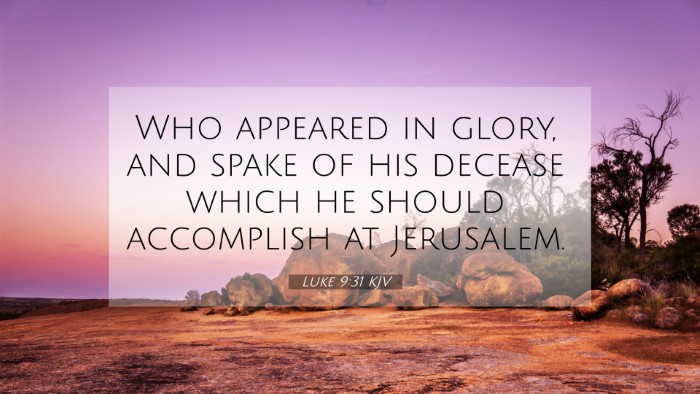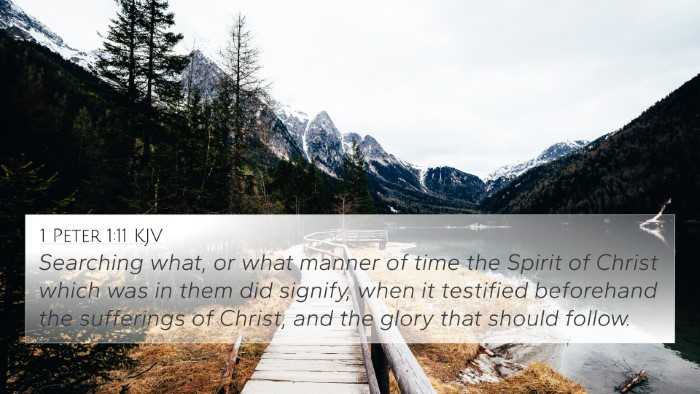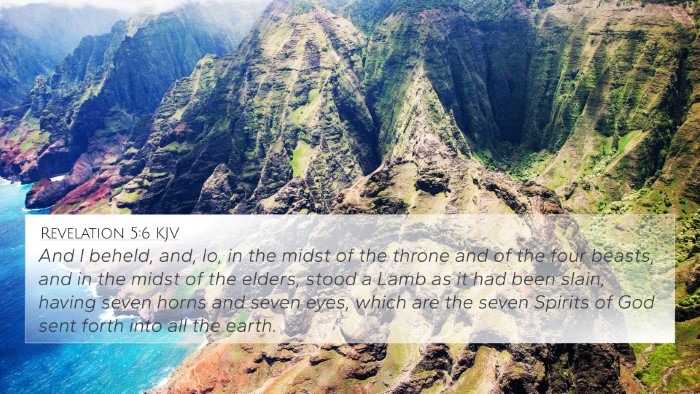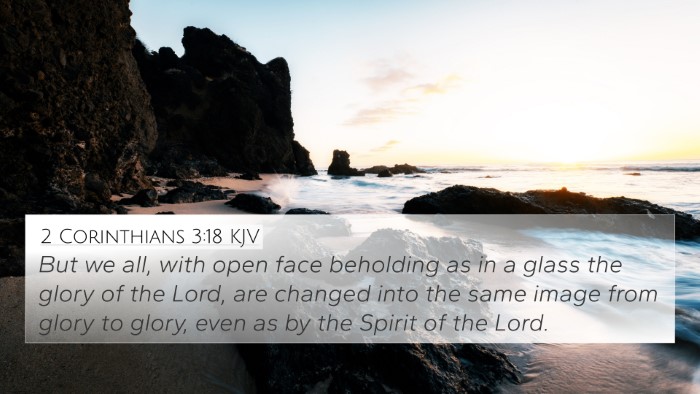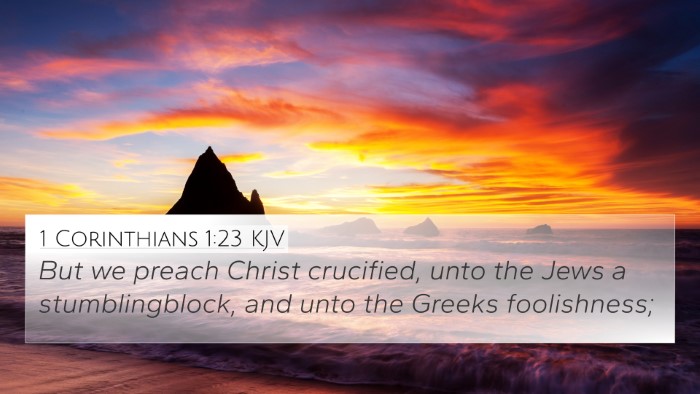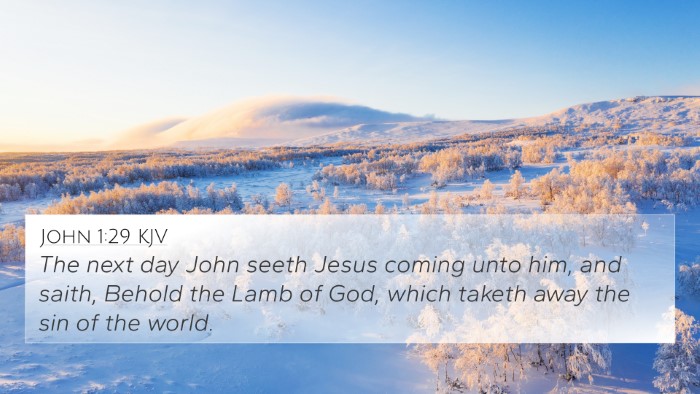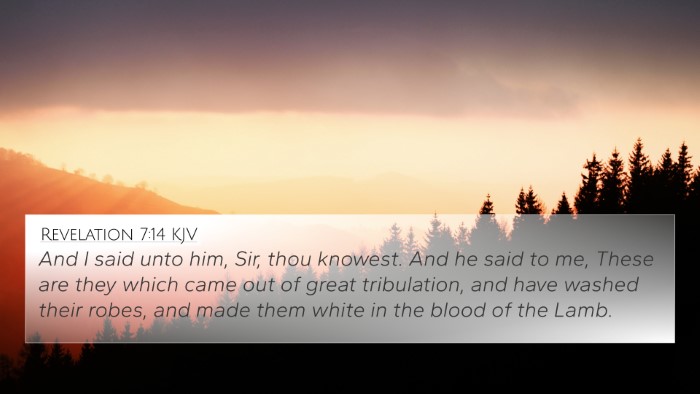Understanding Luke 9:31
Luke 9:31 states: “Who appeared in glory and spoke of his decease which he should accomplish at Jerusalem.” This verse is part of the narrative known as the Transfiguration of Jesus, where He reveals His divine glory to Peter, James, and John. The appearance of Moses and Elijah signifies a profound connection between the Old Testament prophets and the mission of Christ.
Summarized Insights from Commentaries
-
Matthew Henry: He highlights that the appearance of Moses and Elijah represents the Law and the Prophets, affirming that Jesus fulfills both. Their conversation with Jesus about His impending death emphasizes the purpose of His mission, which is to achieve salvation through sufferings in Jerusalem.
-
Albert Barnes: Barnes notes that the term "decease" is a translation of the Greek word "exodon," which means "departure." This reflects not merely the physical death of Christ but also His exaltation following the resurrection. He indicates that this moment is crucial, showing that Christ's mission fulfills the prophecies found in the Hebrew Scriptures.
-
Adam Clarke: Clarke explains that Jesus was preparing His disciples for the trials ahead, teaching them about His future suffering and glory. He discusses the significance of the word "glory," which encapsulates the divine nature of Christ revealed during the Transfiguration. He emphasizes the continuity of God's plan through both the Old Testament and the New Testament.
Bible Cross-References
In understanding Luke 9:31, we can connect it with other biblical texts that enhance our understanding of its themes:
- Matthew 17:3 - The account of the Transfiguration where Moses and Elijah appear, mirroring Luke's narrative.
- Hebrews 3:1-2 - Discusses Jesus as the apostle and high priest, drawing connections with the faithfulness of Moses.
- John 12:23 - Jesus speaks of His hour having come, indicating the significance of His upcoming suffering.
- Luke 24:26 - After His resurrection, Jesus explains to His disciples that the Christ must suffer these things and enter His glory.
- Isaiah 53:5 - A prophetic insight into the suffering and atoning work of the Messiah.
- Acts 3:18 - Peter refers to the prophecies regarding the suffering of Christ, showing continuity from the Old Testament.
- Romans 1:2 - Declares the Gospel as promised by the prophets in Holy Scriptures, linking Jesus’ mission to Old Testament predictions.
Exploring the Thematic Connections
Luke 9:31 serves as a rich narrative that connects the mission of Jesus with the foundational messages of the Old Testament. The presence of Moses and Elijah signifies a linking of the themes of the Law and the Prophets with the coming of the Messiah.
The conversation about Jesus' "decease" in Jerusalem presents a foreshadowing of His sacrificial death, a cornerstone of New Testament theology. This moment of divine revelation paves the way for the disciples’ understanding of the sufferings that precede resurrection and glory.
Tools for Bible Cross-Referencing
Understanding the intricate links in scripture can be enhanced through various tools:
- Bible Concordance - A comprehensive tool to locate verses by keywords.
- Bible Cross-Reference Guide - Helps identify similar themes and concepts across scriptures.
- Bible Chain References - Guides you through a sequence of related authors and events in scripture.
- Cross-reference Bible Study - Methodology that allows in-depth study by exploring cross-connections between verses.
Conclusion
Through comparative Bible verse analysis and inter-Biblical dialogue, Luke 9:31 facilitates a deeper understanding of Christ’s mission as rooted in the fabric of biblical prophecy. By utilizing cross-referencing techniques and resources, believers can uncover the rich theological truths contained within this narrative and see the cohesion of Scripture in presenting the Gospel. Jesus’ discussions with Moses and Elijah not only affirm His centrality in salvation history but also serve to guide discipleship through understanding suffering and subsequent glory.


